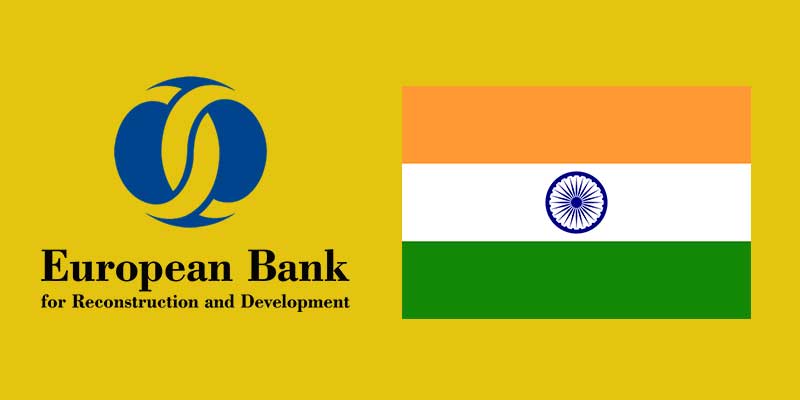India is now proudly, the 69th shareholder of the European Bank for Reconstruction and Development (EBRD), making it’s way for more joint investment with Indian companies across the bank’s regions of operation. India was welcomed by EBRD’s Indian-origin president Suma Chakrabarti by saying “We are very proud and happy to welcome India to our Bank. This day opens a new chapter in our relations, allowing us to build further on already very close ties”.
The EBRD board of governors, which represents all the existing shareholders, voted unanimously in favour of the country’s application in March 2018.
The London-headquartered EBRD is a multilateral development bank set up in 1991 to promote private and entrepreneurial initiative in emerging Europe. It is currently investing in 38 emerging economies across three continents, based on a set of criteria that aim to make its countries more competitive, better governed, greener, more inclusive, more resilient and more integrated.
The bank has already worked with leading Indian companies, namely, Tata, Mahindra, SREI and Jindal, on investments in its regions, The value of such joint projects are estimated to €1 billion. As India becomes a shareholder in the EBRD, it is expected that the scope of these joint initiatives will be further enhanced.
India will not be a recipient of EBRD financing, but it will benefit from the banks expertise and support in the region. “Indian companies are going global and a lot of the push for this membership came from them. India could see the benefit from it and the additional comfort level of working in regions where we have local knowledge,” said Nandita Parshad, EBRD managing director, energy and natural resources, who will be heading to India later this week for meetings with the department of economic affairs on the issue.
Following are the expected impacts of India gaining the membership-
- India’s investment opportunities would increase.
- There would be increase in the scope of cooperation between India and EBRD through co- financing opportunities in manufacturing, services, Information Technology, and Energy.
- EBRD’s core operation is to promote private sector development in their countries of operation. The membership would help India leverage the technical assistance and sectoral knowledge of the bank for the benefit of development of private sector.
- This would help increase investment in the country.
- The membership of EBRD would enhance the competitive strength of the Indian firms, and provide an enhanced access to international markets in terms of business opportunities, procurement activities, consultancy assignments etc.
- This would open up new opportunities for Indian professionals on the one hand, and on the other expand horizons for Indian exporters.
- Due to increase in economic activities there will be greater employment generating potential.
- It would also enable Indian nationals to get the employment opportunity in the Bank.

